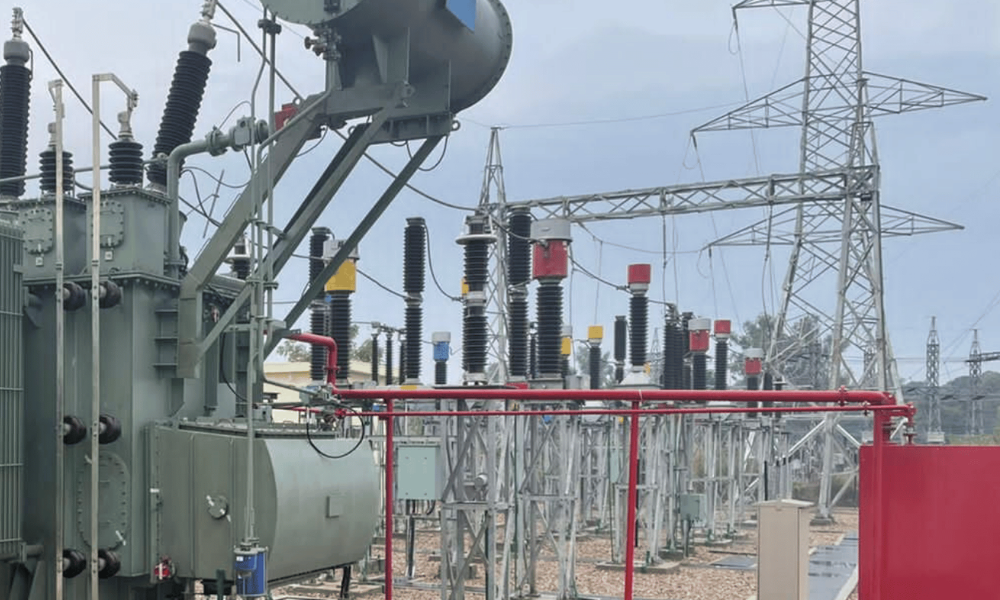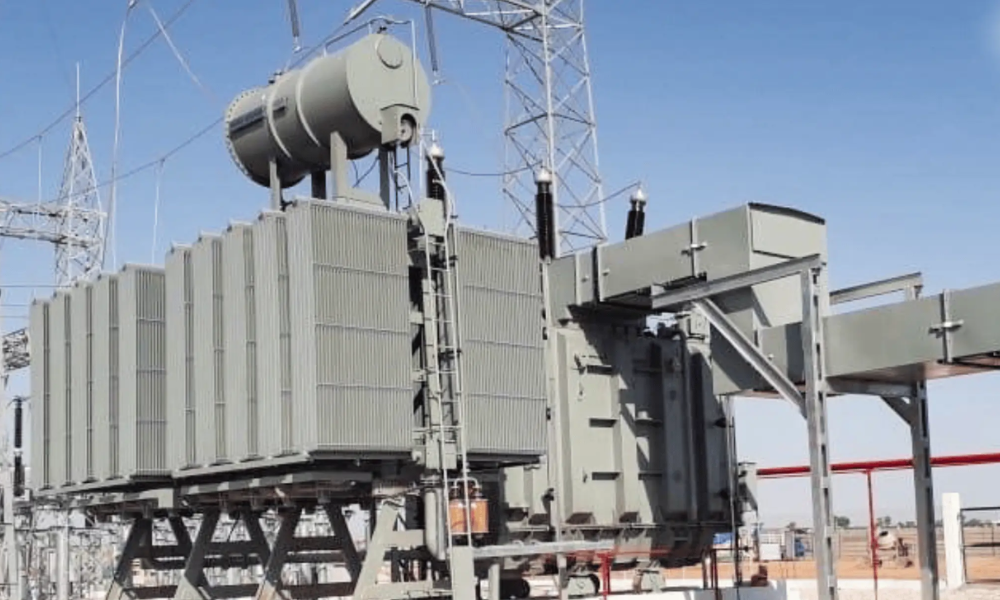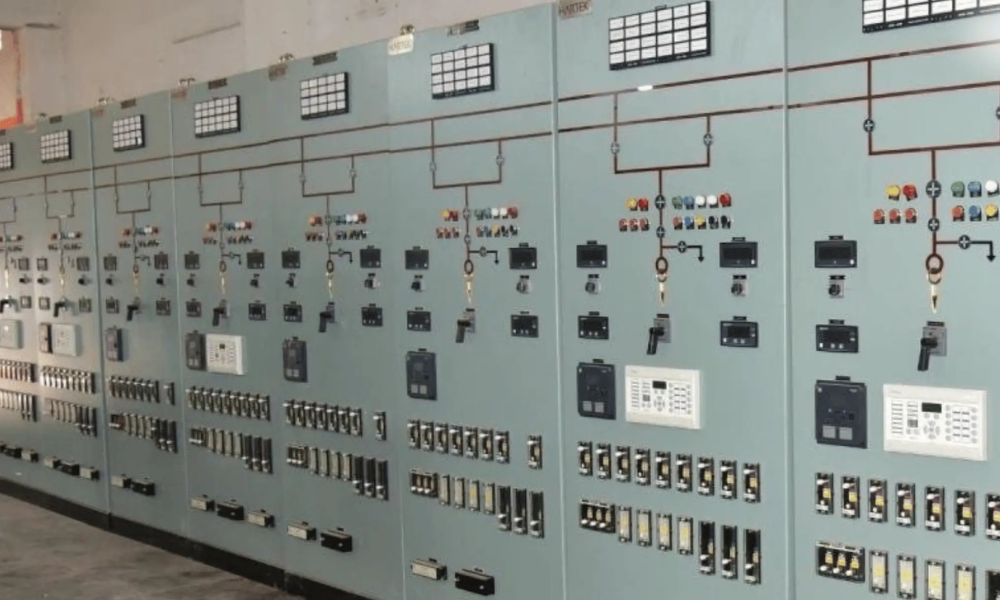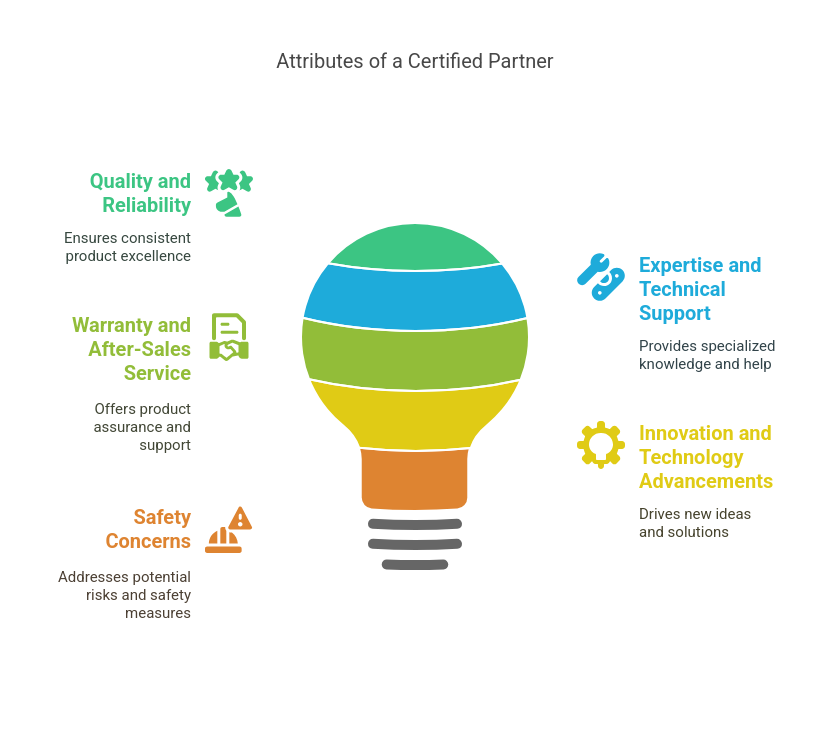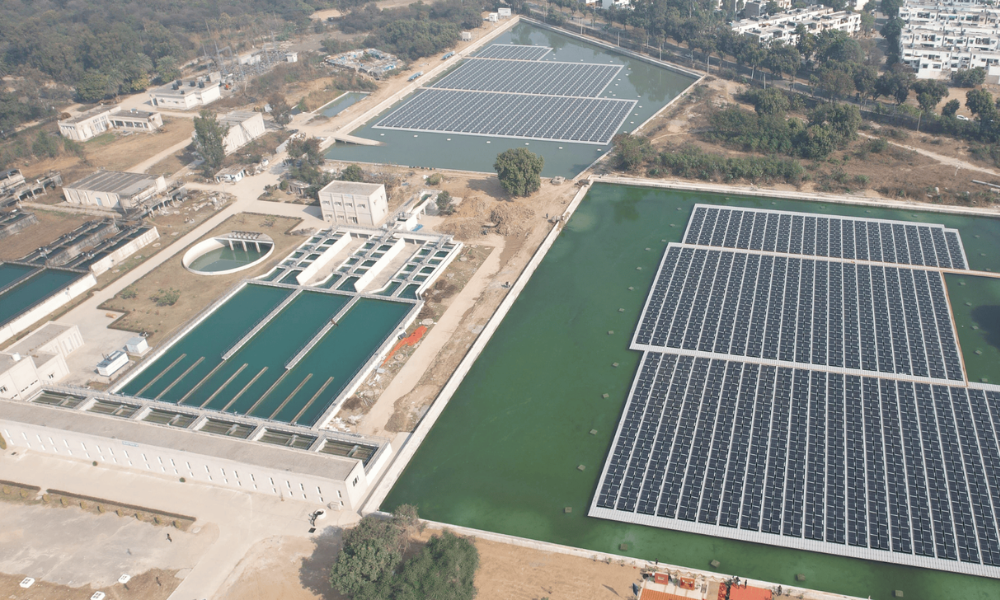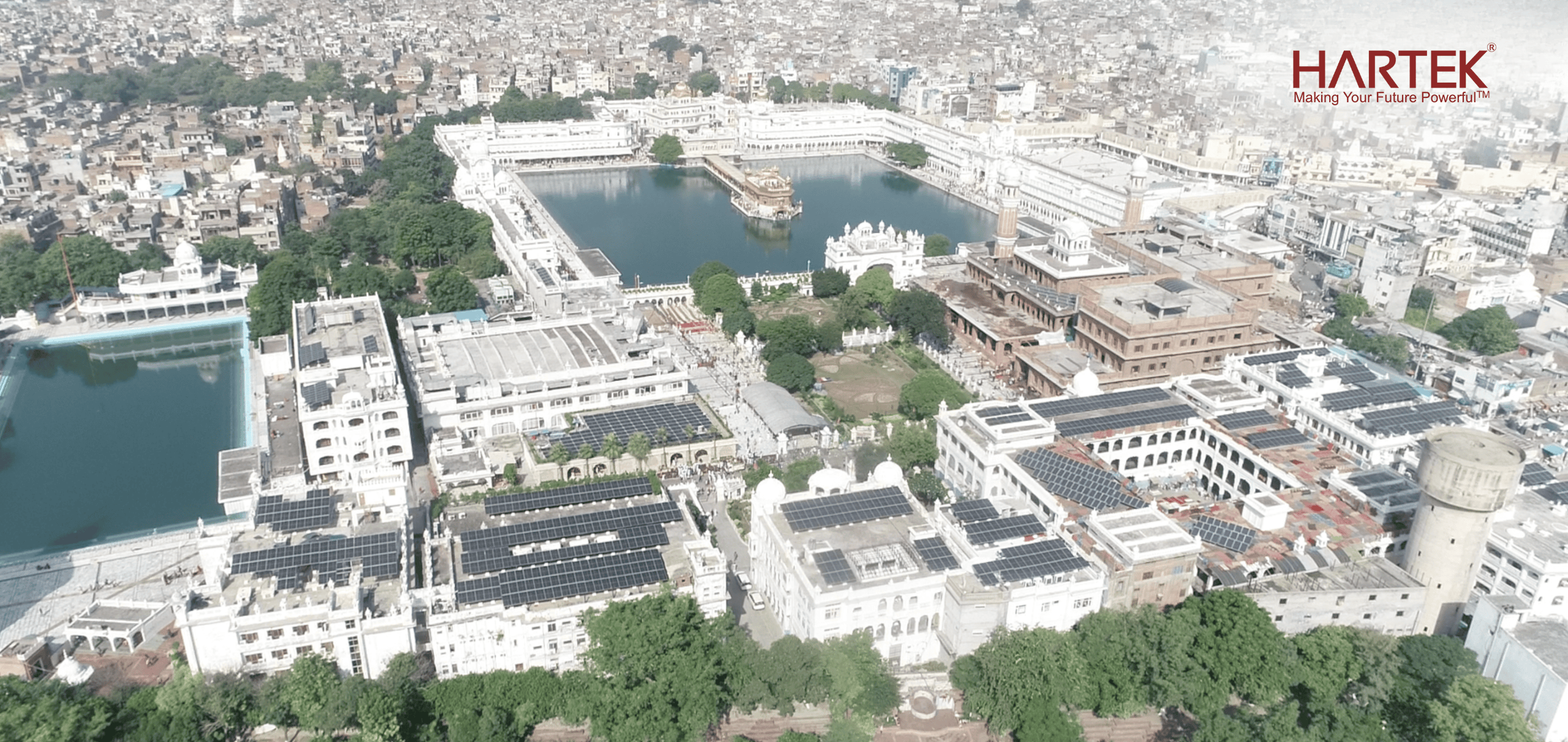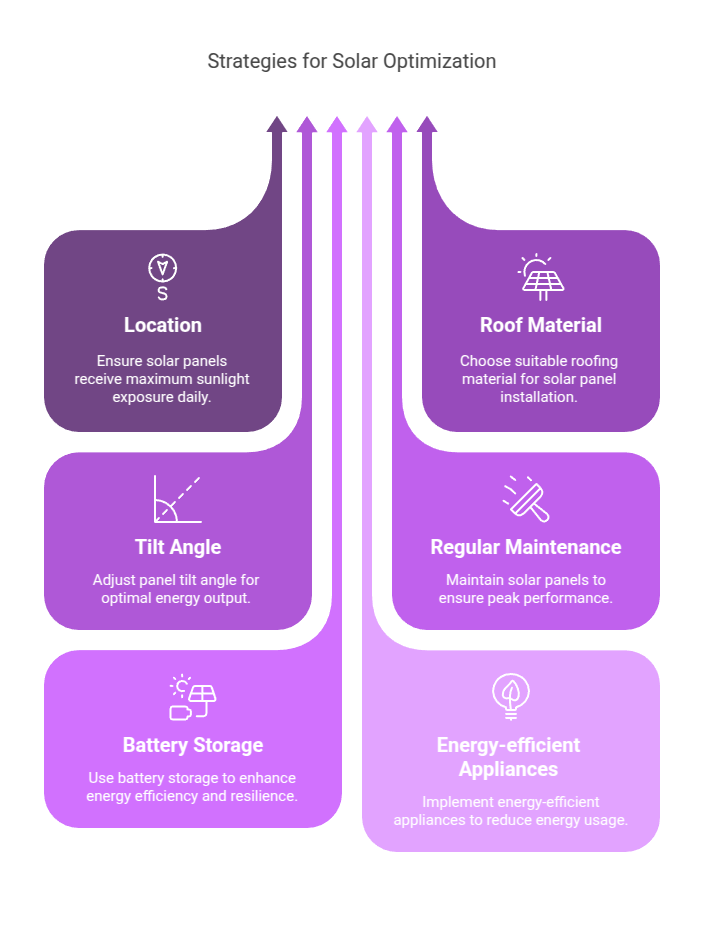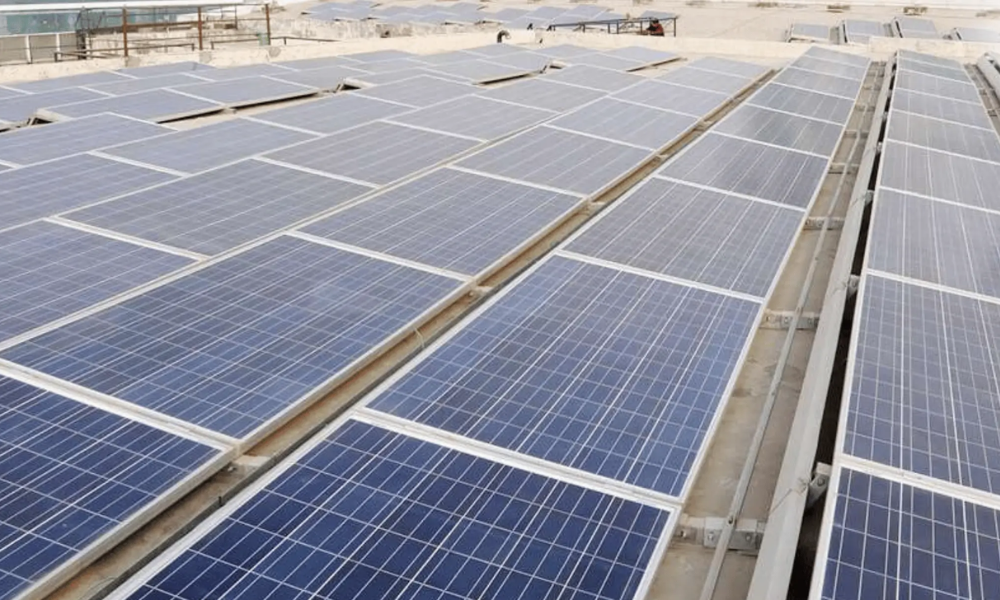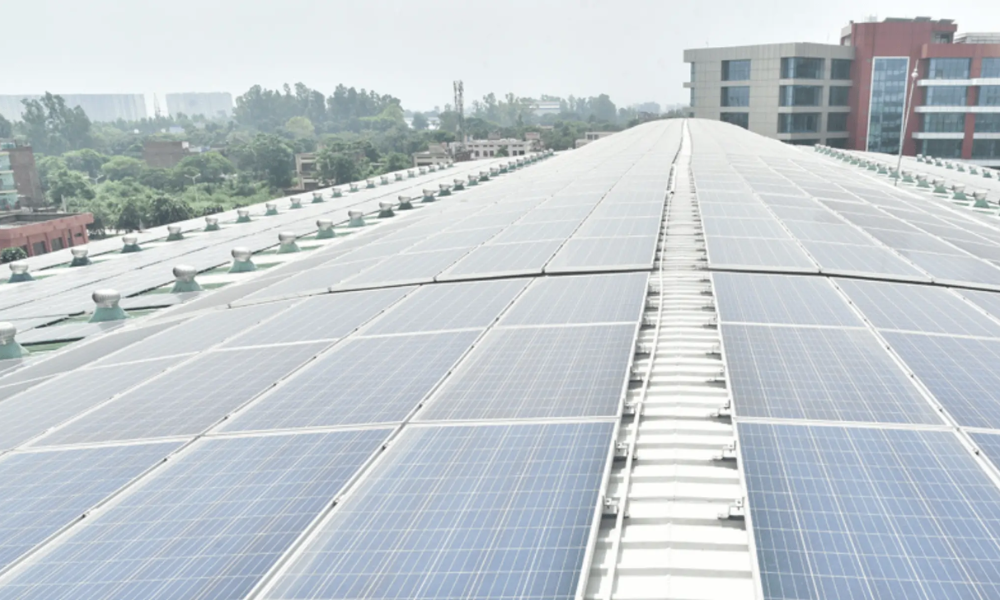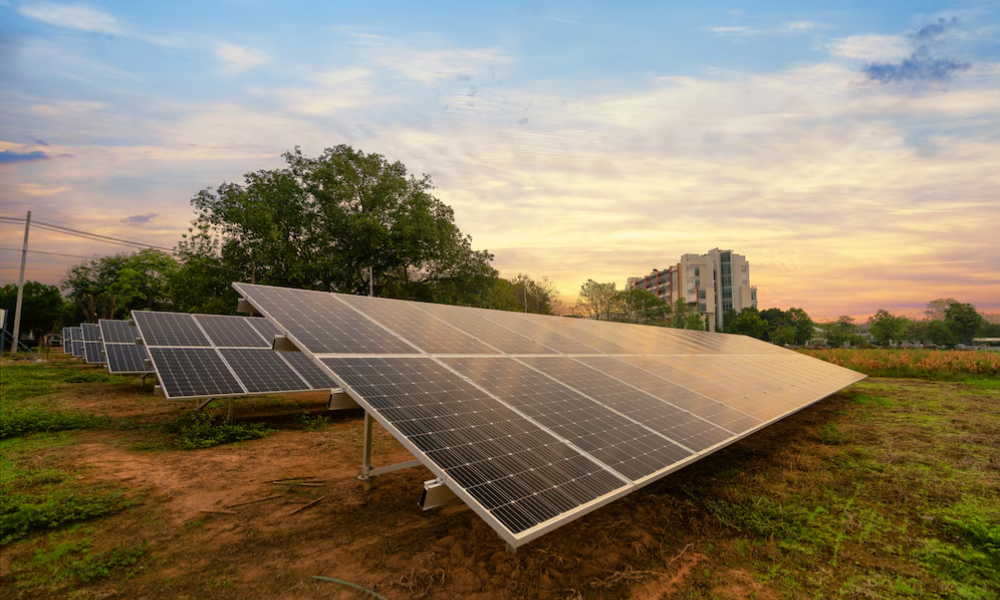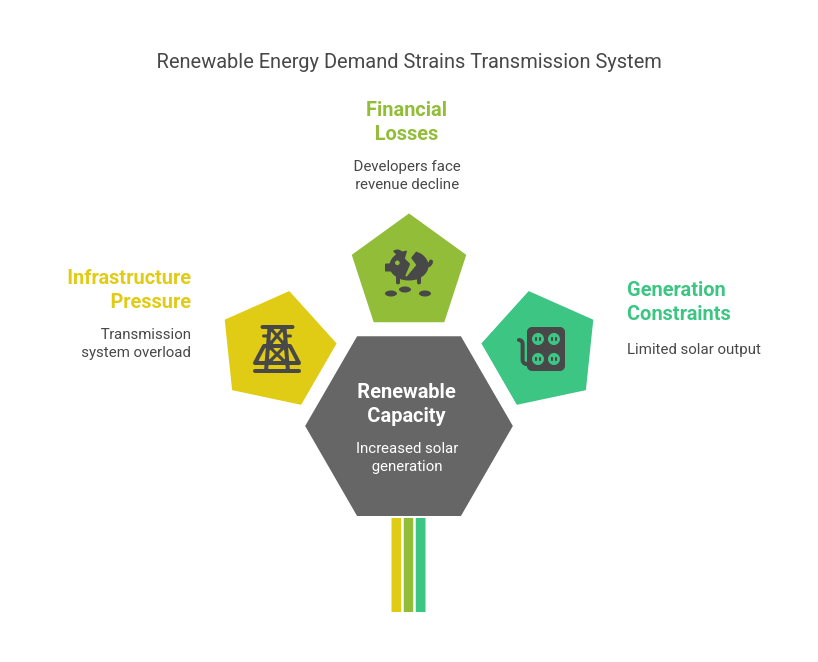The EPC or turnkey contract is proposed for businesses that intend to undertake large-scale infrastructure projects. This contract will specify that the hired company will be responsible for covering the planning, engineering, procurement, construction, and all other aspects necessary for the successful completion of the project.
Hence, choosing the right EPC (Engineering, Procurement, Construction) company becomes essential. Without it, the businesses will find it difficult to meet their quality expectations from the project.
Therefore, to help you decide better upon hiring a contractor with the right expertise, this article will educate you on some of the crucial factors to consider when choosing an EPC company like Hartek Group.
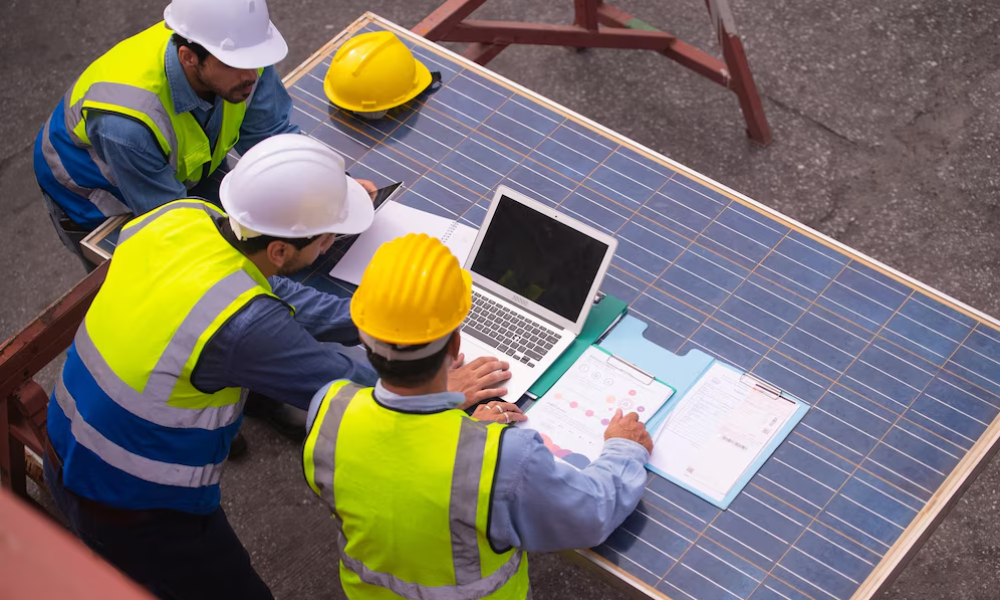
Factors to consider when choosing an EPC company
Some of the factors that you must count on while choosing an EPC (Engineering, Procurement, Construction) contractor or company are:
-
Transparency
The company or contractor you hire should exhibit utmost transparency at all stages of implementing the project. They should keep you updated with all sorts of progress, problems, or halts concerning project bidding, consulting, reception, planning, warranty, implementation, or handover.
All forms of financial plans associated with the contract should be disclosed openly without any hidden charges or attributes. In case there is any variation in it, the contractor or company must talk about it prior to implementing the changes.
-
Quality Standards
The EPC engineering company you hire should focus on deriving quality as a priority. They should take responsibility for ensuring that all the requirements and expectations of the clients are met on priority. You must also take note of what approaches they take in order to achieve the end goals as specified by you.
For an EPC contractor to adhere to the quality standards, it is important for them to have a proper quality control strategy within the operational efforts. For instance, they should emphasise adding more inspection procedures and meticulous testing.
As per Government compliance regulations, different EPC projects are meant to implement ISO 9001 as their optimal QMS (Quality Management System). This system will outline the overall processes and procedures for deriving the utmost quality in executing all the projects.
-
Optimal Project Management
It is quite crucial for the EPC contractor to have outstanding project management capabilities alongside an experienced and qualified team. Upon handing over your construction project to them, they should take charge of establishing a clear plan of approach with different milestones and specific deadlines.
Moreover, they must be proficient enough to identify critical risks/challenges that might hinder the commencement of the project and address them. Adequate project management will help you be at peace and be assured that the progress is being supervised by the right team or individual.
-
Cost Optimization
One of the biggest factors that you must consider while hiring an EPC contractor is their cost optimization capabilities. It means they should have the ability to keep the construction expenses within the budget specified and help scale the returns associated with it.
For almost all EPC projects, cost optimization is the key to identifying potential opportunities where the costs can be minimised. Such expertise is very important for any EPC contractor to possess in order to settle the costs in favour of the client through proper negotiation with suppliers or by choosing cost-effective materials.
Tips for Choosing the Best EPC Company
Beyond the important factors, here are also a few tips for choosing the best EPC company for your project needs:
- Define the scope of your project clearly and use it for making accurate project bids for the facility construction.
- Experience is the key. Even if the EPC contractor stands out on all these pointers but has a poorly experienced team, then it won’t work well for you. So, do study the overall experience of the team while assessing the EPC company as a whole.
- The EPC company you hire should emphasise promoting sustainability in all areas possible. If you want your project to be part of a movement where adverse environmental impacts are reduced, seek a contractor who adopts sustainable practices and resources.
- The contractor should not cut corners associated with safety just for the sake of completing the work within a specified time and budget.
HARTEK: The Ultimate EPC Company of India with Utmost Expertise & Proficiency
Finding the right EPC company for your needs might seem like a challenge, but when you take note of the factors and tips stated above, it will be easier for you to tone down the list and filter the one that would meet your needs and requirements associated with your project.
HARTEK, one of the leading EPC firms in India with an expertise of over 30 years, has been offering impeccable services to diverse clients. So far, we have established our service proficiency in more than 21 states of the country. The company is evolving on the scale of adopting modern technologies, which assists us in building powerful and futuristic cities in the nation.
If your project intends to contribute to this mission of the nation, HARTEK can be your one-stop hub to help meet your quality, proficiency, and deadline requirements.
Conclusion
As you have reached the end of this article, you are already aware of what factors or pointers to take note of while choosing an EPC contractor. Well, in the cosmos of multiple players in this industry, your intent should not just be to hire the most affordable contractor in the business but to hire the one that is the most proficient among all. In this way, you will be able to build a successful relationship with an EPC company.
Considering this, Hartek Group has been proving its proficiency in the EPC sector for a long time now and has all the right tools & expertise to take on almost all kinds of complex projects. If you are in need of more information or a price quotation, contact Hartek Group today—our consultants are ready to assist you with your service requests.
FAQ’s:-
1. What is an EPC company?
An EPC company handles Engineering, Procurement, and Construction, providing end-to-end solutions for infrastructure projects.
2. Why is choosing the right EPC company important?
The right EPC company ensures quality, cost optimization, timely delivery, and compliance with industry standards for successful project execution.
3. What factors should I consider when selecting an EPC company?
Key factors include transparency, quality standards, project management, cost optimization, and sustainability practices.
4. How does HARTEK stand out as an EPC company in India?
HARTEK has 30+ years of expertise, operates in 21+ states, and leverages modern technology to deliver high-quality infrastructure projects.
5. How can I contact HARTEK for an EPC project?
You can connect with HARTEK’s consultants anytime for project inquiries, price quotations, and expert EPC solutions.

